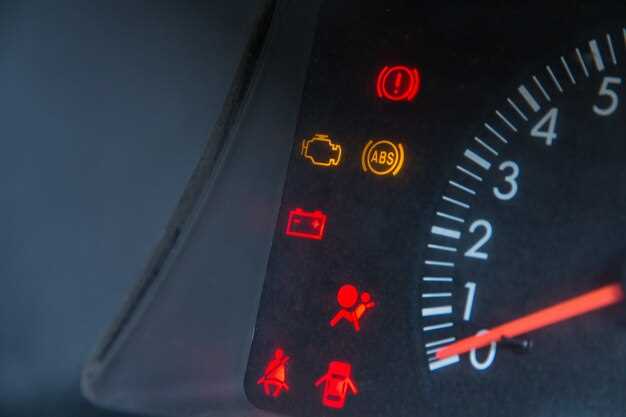

The transmission is a crucial component of your vehicle, responsible for transferring power from the engine to the wheels. A well-functioning transmission ensures smooth shifting between gears, allowing for optimal performance and fuel efficiency. However, as with any mechanical system, problems can arise over time, leading to potential transmission failure.
If you notice any unusual behaviors in your vehicle’s shifting patterns, it’s essential to pay attention. Common signs of transmission issues include delayed engagement when shifting from park to drive, slipping gears, or experiencing unanticipated jerks while changing gears. These symptoms could indicate that your transmission requires immediate attention to prevent further damage.
Recognizing early warnings of transmission problems can save you both time and money in the long run. By staying vigilant and addressing any irregularities promptly, you can maintain the reliability of your vehicle and avoid the complexities that come with major transmission repairs.
Identifying Shifting Issues in Automatic Transmissions
Automatic transmissions are designed to provide smooth and seamless shifting between gears, but issues can arise that compromise performance. Recognizing these problems early can save you from costly repairs and enhance your vehicle’s longevity.
One common sign of shifting issues is delayed engagement. When you shift from park to drive, there may be a noticeable lag before the car begins to move. This can indicate low transmission fluid levels or a malfunction within the transmission system.
Another problem to watch for is harsh or erratic shifting. If your vehicle jerks or shudders during gear changes, it may be due to worn-out components or internal damage. Smooth transitions are crucial for both comfort and vehicle health.
Additionally, slipping gears can signify serious transmission issues. If the engine revs without an increase in speed, it’s likely that the transmission isn’t effectively connecting with the engine. This situation warrants immediate attention to avoid complete transmission failure.
Unusual noises can also be a signal of shifting problems. Grinding, clunking, or whining sounds during shifts may indicate a need for repair or maintenance. These noises are often associated with low fluid levels or damaged parts.
Finally, dashboard warning lights, particularly the check engine light, should not be ignored. This indicator can reveal transmission-related issues, prompting further investigation and diagnostics.
Addressing these shifting issues quickly can enhance your vehicle’s performance and longevity, ensuring a safer driving experience.
Persistent Warning Lights Indicating Transmission Problems

One of the most telling signs of potential transmission issues is the illumination of warning lights on your vehicle’s dashboard. These lights serve as an early alert system, indicating that something is wrong within your car’s shifting mechanism.
When the transmission warning light appears, it is essential to take it seriously. This light may signify various problems related to the transmission, including fluid leaks, overheating, or issues with the transmission control module. Ignoring this warning can lead to serious and costly repairs down the line.
Additionally, you may notice the check engine light glowing alongside the transmission warning light. This combination often points to problems affecting your vehicle’s ability to shift smoothly. If you experience any unusual shifting patterns, such as slipping gears or difficulty transitioning between gears, coupled with persistent warning lights, it is crucial to consult a professional mechanic promptly.
In conclusion, persistent warning lights on your dashboard should never be overlooked, especially when it comes to transmission issues. Regular maintenance and immediate attention to these signals can help you avoid severe damage and ensure the longevity of your vehicle.
Unusual Noises and Vibrations While Driving

Experiencing unusual noises or vibrations while driving can be a clear indication of transmission problems. These issues often manifest as grinding, whining, or clunking sounds, which can signal that the transmission is not functioning properly. Additionally, vibrations felt through the steering wheel, seat, or floor may indicate internal problems within the transmission system.
When you hear a whining noise that increases with acceleration, it might suggest low transmission fluid or a failing pump. A grinding sound during gear shifts can point to worn-out gears or synchronization issues. If the transmission is making a clunking noise when shifting gears, it could be an indication of more severe transmission issues, such as broken internal components.
Moreover, vibrations should never be overlooked. If you notice a persistent vibration while driving, especially at various speeds, this could indicate misalignment or issues in the transmission mounts. These problems can lead to further complications if not addressed promptly. Always pay attention to your vehicle’s sounds and sensations, as early detection of these issues can prevent costly repairs down the line.







